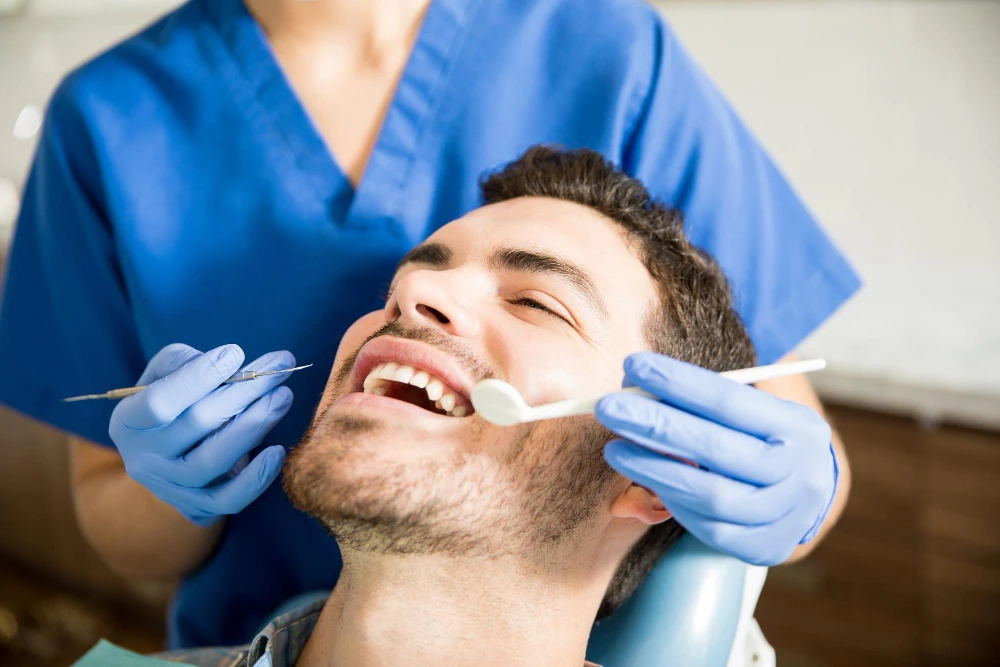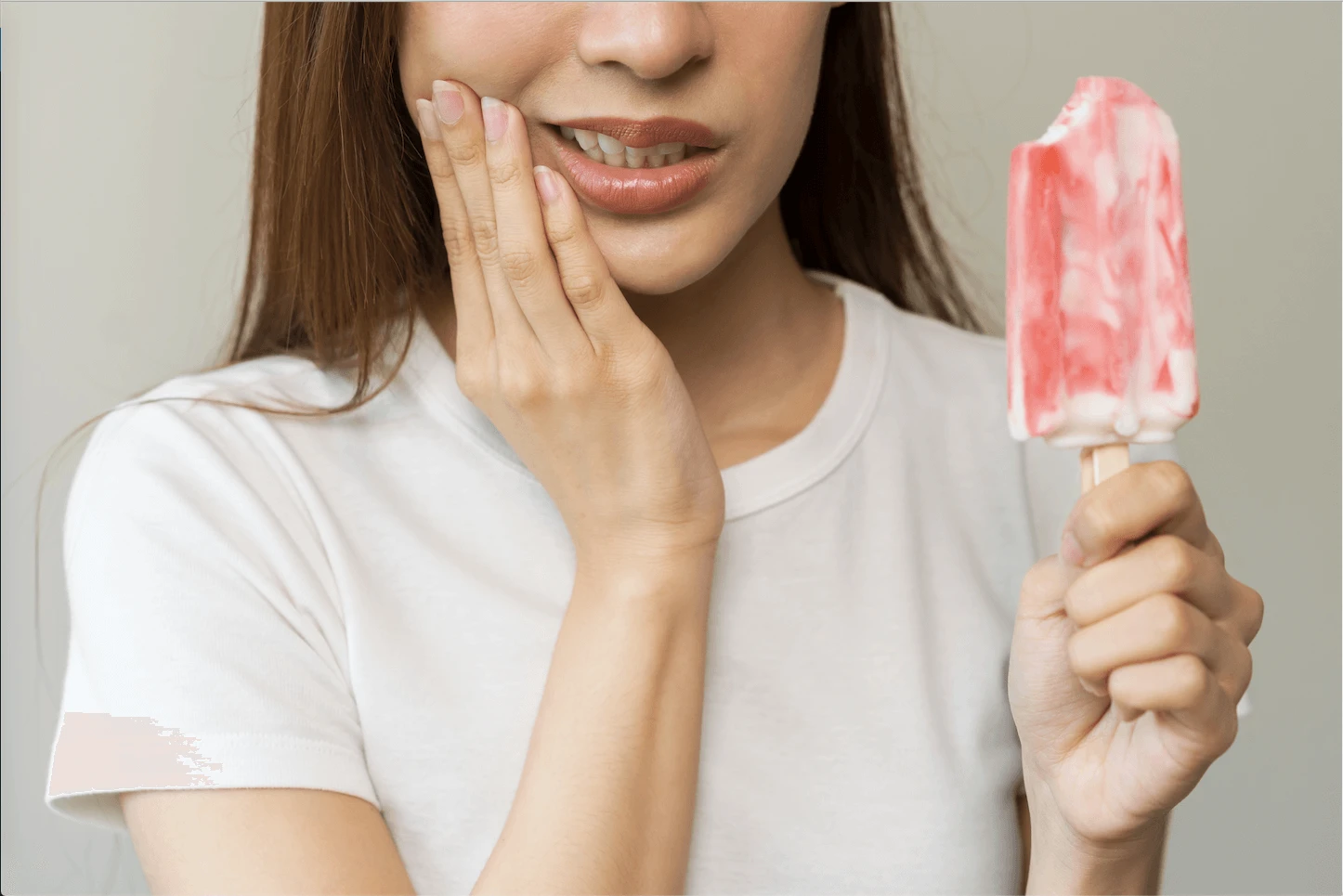What Are Oral Piercings?
Oral piercings involve placing jewelry in various parts of the mouth, typically the tongue, lips, or cheeks, for aesthetic or cultural reasons. They're a form of body modification that has gained popularity in recent years. Tongue piercings, lip piercings, cheek piercings, and frenulum piercings are among the most common types.
Types of Oral Piercings
1. Tongue Piercings: Usually placed along the center of the tongue.
2. Lip Piercings: Can be located on the upper or lower lip, including vertical labret and Monroe piercings.
3. Cheek Piercing: Situated on the inside of the cheek.
4. Frenulum Piercings: Positioned on the frenulum underneath the tongue.
5. Smiley Piercings: Placed on the fold of tissue that connects the upper lip to the gums.
6. Tongue Web Piercings: Done on the webbing underneath the tongue.
Oral Piercing Risks and Complications
While oral piercings are fashionable, they come with potential risks. These include:
1. Infection: The mouth is a breeding ground for bacteria, increasing the risk of infection.
2. Swelling and Pain: Common after getting a piercing, but excessive swelling can lead to complications.
3. Damage to Teeth and Gums: Jewelry rubbing against teeth and gums can cause erosion and receding gums.
4. Nerve Damage: Improper piercing techniques can result in nerve damage.
5. Difficulty Speaking and Eating: Swelling and discomfort can interfere with normal activities.
6. Allergic Reactions: Some people may be allergic to certain metals used in jewelry.
7. Excessive Saliva Production: Especially with tongue piercings, this can be a nuisance.
8. Choking Hazard: Loose jewelry can become dislodged and pose a choking risk.
In essence, while oral piercings are a form of self-expression, they also require careful consideration due to their potential risks. It's crucial to prioritize safety and hygiene, follow aftercare instructions diligently, and seek professional help at the first sign of trouble. By staying informed and taking precautions, individuals can enjoy their piercings with minimal complications.
Oral Piercings Safety
1. Opt for a reputable piercing studio with experienced piercers who follow proper sterilization procedures.
2. Ensure that the jewelry being used is made of safe, non-allergenic materials like surgical-grade stainless steel or titanium.
3. Clean the piercing site regularly with saline solution and avoid touching it with unwashed hands.
4. Avoid smoking and alcohol which can hinder the healing process and increase the risk of infection.
5. Brush your teeth gently, avoiding the piercing area, and rinse with alcohol-free mouthwash.
6. Redness, swelling, excessive pain, and pus are indicators of infection, requiring prompt medical attention.
7. Resist the temptation to play with or manipulate the jewelry, as this can irritate the piercing and delay healing.
8. Visit your piercer for check-ups to monitor the healing progress and address any concerns.
Take Care of Your Piercing
1. Healing times vary but expect it to take several weeks to months for the piercing to fully heal.
2. Drink plenty of water to aid in the healing process and keep your mouth moist.
3. Initially, stick to soft, non-spicy foods to avoid irritating the piercing site.
4. Refrain from kissing, or any activity that involves putting foreign objects in your mouth until the piercing is fully healed.
5. Wear a mouthguard to protect the piercing during physical activities.
6. Avoid alcohol and caffeine which can increase blood flow and exacerbate swelling.
7. If you have long hair, keep it tied back to prevent it from snagging on the jewelry.
8. Avoid rough handling of the piercing and refrain from changing the jewelry until it's fully healed.
When to Get Help: Signs of Infection
1. If the pain intensifies rather than subsiding over time.
2. Significant swelling that doesn't improve with time or affects your ability to speak or swallow.
3. Any discharge from the piercing site, especially if it's yellow, green, or foul-smelling.
4. Persistent redness and warmth around the piercing, which are signs of inflammation.
5. A fever can indicate a systemic infection and requires immediate medical attention.



